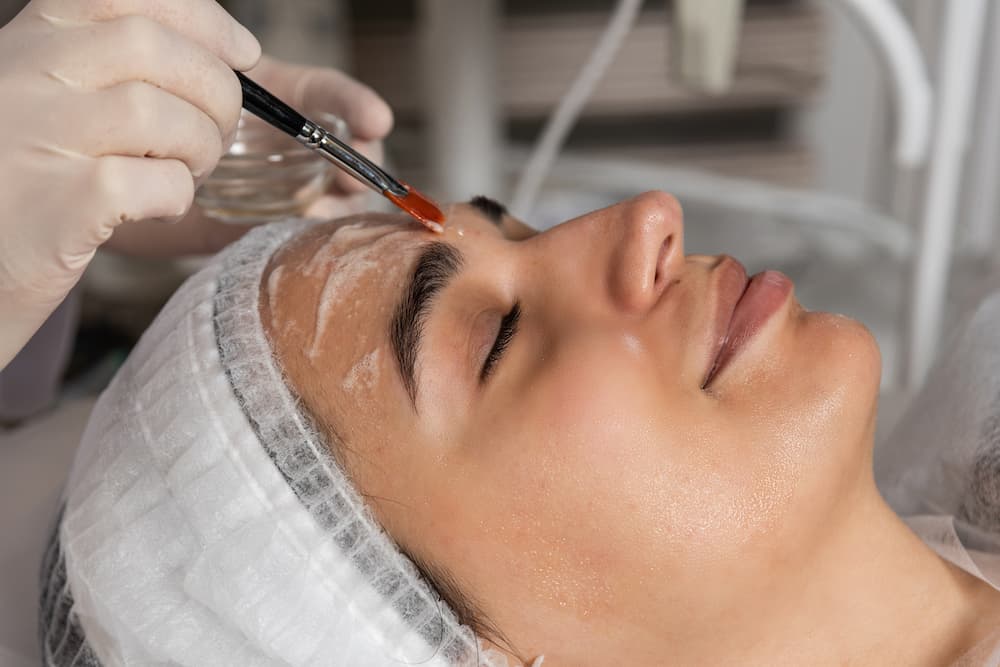Skin cancer is the most common cancer in the U.S and worldwide, with more than 9,500 people diagnosed every day, and more than 2 people die every hour. Fortunately, most skin cancers are not life-threatening and can be treated when detected early, thanks to the development of procedures like the Mohs Procedure. A technique that’s been shown to achieve higher cure rates than other methods. In this article, we’ll discuss everything you need to know about Mohs Procedure to help you make an informed decision.
What is the Mohs Procedure?
The Mohs procedure is a widely used treatment for skin cancer. It’s also known as Mohs micrographic surgery. This is a type of specialized surgery that removes cancer cells layer by layer while saving the healthy tissue around it.
It was developed in the 1930s by Frederic E. Mohs. He noticed that some of his cancer patients had recurrences, despite being told that all the cancer was gone. He realized this was because some cells had been left behind and were growing back as new tumors.
Dr. Mohs’ method involves removing tissue from a patient one layer at a time. The layers are analyzed under a microscope for cancer cells before proceeding to remove more layers of the affected skin. This proceeds until all signs of malignancy have been eliminated.
The procedure is done on an outpatient basis. It lasts about four hours but may take longer, depending on the extent of the tumor. You can go home after a few hours and resume normal activities the following day. The surgery is performed by surgeons who have received post-graduate training for this Mohs microsurgery technique.
The surgery is performed under general or local anesthesia or sedation. Your doctor will evaluate you to determine the best option.
Why Get This Procedure?
Mohs surgery is used for basal cell carcinoma (BCC) and squamous cell carcinoma (SCC). The procedure also treats lentigo maligna melanoma, which lingers on the skin’s surface.
The procedure is often used on the face, ears, and nose. It can also be used for other body parts, such as limbs or the back. Mohs is recommended if you:
- Have multiple skin cancers
- Are at high risk of recurrence
- Don’t want to undergo extensive or invasive treatments
The success rate for Mohs surgery is very high, up to 98% for some cases. However, this is influenced by several factors, including:
- The type of skin cancer being treated
- Its location on the body
- The extent of the spread
The Benefits and Risks
Benefits of Mohs Surgery
- The process is very precise. There’s a high chance of removing all cancer cells.
- Very precise and can be used for difficult-to-treat skin cancers
- Since it’s minimally invasive, there is less scarring
- Quicker recovery time. The Mohs procedure is done in a few hours. One can resume normal daily activities after a day
- Fewer side effects than in other treatment plans, such as chemotherapy and radiation therapy
Risks of Mohs Surgery
Mohs procedure is considered one of the safest and achieves higher cure rates. However, there are some risks, as mentioned below;
- Infection is a possibility, but the doctor can prevent this through a thorough cleaning
- There is a risk of bleeding in about 5% of cases. This arises from the removal of skin or tissue
- Scarring may occur due to the nature of the surgery because the dermatologist removes more than just superficial layers. They may perform a skin graft by taking a flap of flesh from another part of your body to help cover the wound. They may also stitch the wound closed, which might scar during healing
- Tingling and numbness
Work with Radiant Dermatology Today!
Skin cancer can be debilitating, but it is highly treatable with Mohs Procedure. If you’re considering the treatment plan, it’s a good option. The team at Radiant Dermatology would love to walk with you toward a cancer-free future. Fill out the form below to schedule an appointment today! A specialist in our team will contact you shortly.




.svg)



.svg)



.jpg)



.png)


